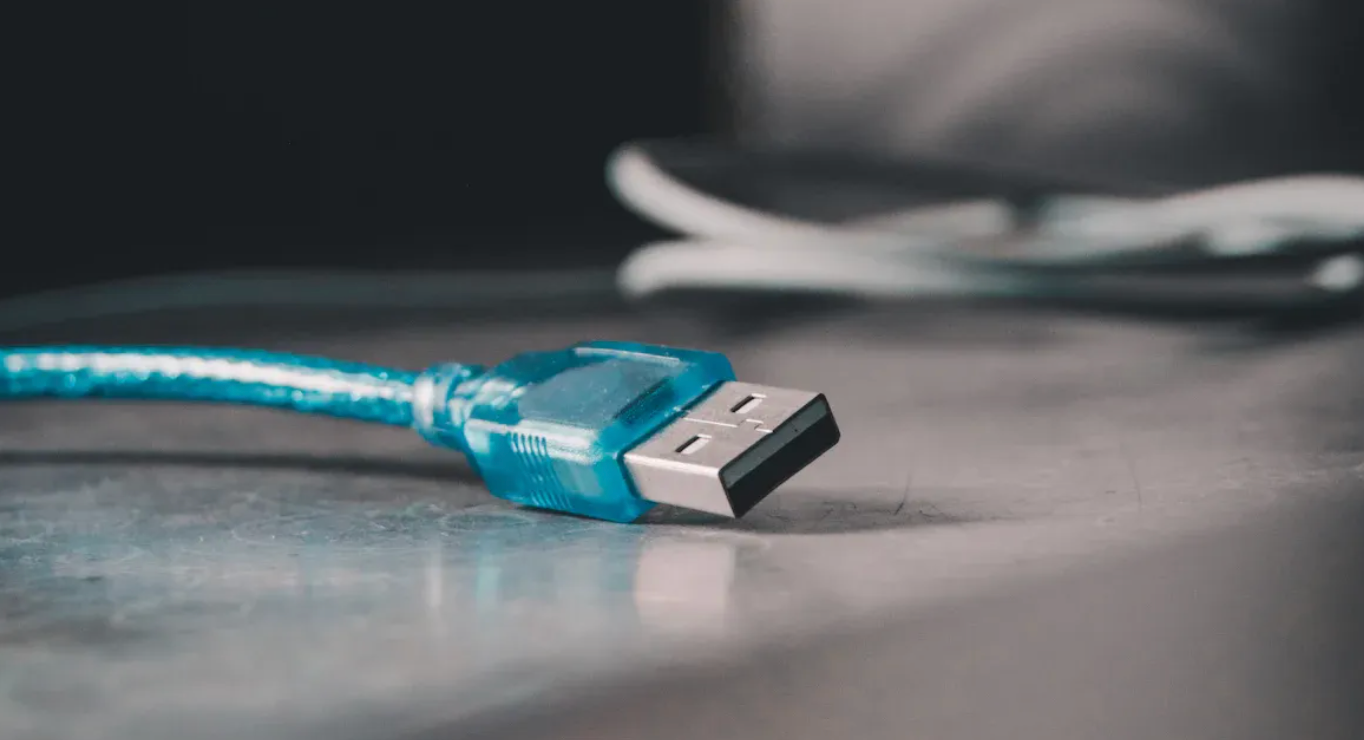Manufacturer Of High Quality Data Cable
Manufacturer Of High Quality Data Cable
USB cables are essential components for connecting devices, transferring data, and ensuring efficient charging. However, not all USB cables are created equal. Many fake or low-quality cables flood the market, and using these can lead to slow charging, unreliable data transfer, or even permanent damage to your devices. Identifying and avoiding such cables is crucial to protect your devices and ensure optimal performance. In this article, we’ll walk you through the key indicators to identify low-quality USB cables and tips for choosing the right one.
When purchasing a USB data transfer cable, one of the easiest ways to ensure its reliability is by checking for USB-IF certification. The USB Implementers Forum (USB-IF) is responsible for testing USB cables to ensure they meet stringent performance and safety standards. Certified cables will typically display the USB-IF logo either on the packaging or directly on the cable itself.
If the cable lacks the certification or there is no mention of USB-IF in the product’s documentation, it’s a red flag that it may not meet the required standards. USB-IF certified cables ensure that the cable has been tested for data transfer speed, power delivery, and overall safety, offering consumers peace of mind.

The physical build of the USB cable is a strong indicator of its quality. High-quality cables generally feature solid connectors that fit snugly into your device, ensuring stable connections. On the contrary, poorly made connectors may feel loose or misaligned, increasing the risk of damage or disconnections.
Another key feature of a high-quality USB cable is the outer coating. Premium cables often use durable materials, such as thick plastic coatings or braided jackets, to protect the internal wiring from wear and tear. If the cable feels flimsy or the coating is too thin, it might wear out quickly, exposing the wires and increasing the risk of electrical shorts.
Performance is another area where you can spot a low-quality USB cable. Fake or subpar cables may advertise fast charging or high data transfer speeds, but they fail to deliver. A cable claiming to support USB 3.0 speeds may lack the proper internal wiring to achieve such high performance.
To identify this, you can test the cable by transferring files or charging a device. If you notice that the transfer speeds are slower than expected or your device charges more slowly than it should, it’s likely a counterfeit or low-quality cable. For instance, a quality USB 3.0 or USB4™ cable should offer fast data transfer speeds and provide consistent power delivery.
Reputable brands take care to provide clear, professional branding on their products. Authentic USB cables will come with proper product information and clear labeling. On the other hand, counterfeit products often exhibit signs such as spelling errors, inconsistent fonts, or poor-quality printing on the packaging.
Additionally, established brands will include their logo on the cable or connectors themselves. If these details are missing or the packaging looks generic, it might be an indication that the cable is not from a trusted source. Always opt for cables that come from well-known and certified manufacturers to guarantee quality and performance.

While it’s not always easy to examine the internal construction of a USB cable, signs of poor internal quality often manifest during usage. High-quality cables use thick wires capable of supporting high power delivery and data transfer rates. They also include shielding to prevent interference and signal degradation.
If you frequently notice overheating, instability, or inconsistent connections, these could be signs of poor internal construction. Inferior cables often fail to handle power and data transmission efficiently, leading to these performance issues. If your cable becomes too hot to the touch during use, it is a serious warning sign of substandard materials inside.
Price can often serve as a reliable indicator of quality. Authentic, high-quality USB cables are generally priced higher due to the superior materials and technology used in their construction. If a cable is being sold at an unusually low price, particularly from an unknown seller, you should approach with caution.
Low-priced cables often cut corners, using cheaper materials or substandard manufacturing processes. As a result, they may not deliver the performance they promise, and using them could result in a poor user experience or even damage your devices. Avoid falling for deals that seem too good to be true, as they may end up costing you more in the long run.
To minimize the risk of purchasing fake or low-quality USB cables, always buy from trusted sources. This could include well-known retailers, reputable online stores, or directly from the manufacturer. Trusted suppliers ensure that the products they sell meet industry standards and undergo rigorous quality control procedures.
Additionally, many trusted sellers offer warranties or customer support, which can be invaluable if you run into any issues with your purchase. By buying from reliable sources, you can avoid counterfeit products and enjoy the benefits of a high-quality, long-lasting USB cable.
Low-quality USB data transfer cables can negatively impact your devices’ performance, and in some cases, pose a safety hazard. By paying attention to certification, build quality, performance, branding, and internal construction, you can avoid subpar cables and choose a reliable, high-quality option.
At JMTJM, we are committed to providing top-tier USB cables and other electronic components. As an OEM factory for leading brands in 3C consumer electronics, storage devices, home theater systems, smart devices, imaging equipment, and networking equipment, we offer customized solutions tailored to your needs. Trust us to deliver high-quality, reliable cables and solutions for your devices. Contact us today to learn more about our products and services!